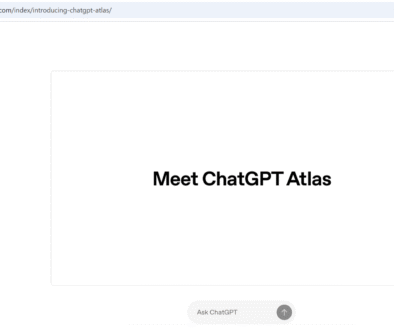HarmonyOS Operating System
HarmonyOS Operating System
In a world dominated by Android and iOS, HarmonyOS has emerged as a revolutionary operating system designed to unify multiple devices into a seamless, connected ecosystem. Developed by Huawei, this operating system is gaining global attention for its versatility and security-focused architecture. Whether you are a tech enthusiast or a casual user, HarmonyOS is poised to reshape how you interact with your digital devices.
Features of HarmonyOS
Some of the key features are as follows:
- Cross-Device Integration: HarmonyOS supports seamless interaction across smartphones, tablets, wearables, smart TVs, and IoT devices.
- Microkernel Architecture: It uses a lightweight, secure micro-kernel design that ensures efficient performance and high security.
- Distributed Technology: Enables a single device to use the hardware and capabilities of other connected devices within the HarmonyOS ecosystem.
- Low Latency: Optimized to provide real-time responses, which is essential for wearables, smart homes, and car systems.
- Open-Source and Developer-Friendly: Offers a flexible platform with HarmonyOS DevEco Studio to create native apps.
HarmonyOS Devices
Some of the devices that HarmonyOS can run are as follows:
- Smartphones (e.g., Huawei P60 series, Mate series)
- Tablets (e.g., MatePad series)
- Smart TVs (e.g., Huawei Vision)
- Wearables (e.g., Huawei Watch GT and Watch Fit)
- Smart Home Devices (e.g., IoT appliances)
- In-Car Systems (e.g., HarmonyOS-based dashboards in AITO cars)
Windows vs HarmonyOS
Some of the differences between Windows and HarmonyOS are as follows:
| Windows OS | HarmonyOS | |
|---|---|---|
| Developer | Microsoft | Huawei |
| Release Year | 1985 | 2019 |
| Target Devices | PCs, Laptops, Tablets | Smartphones, Tablets, TVs, IoT, Wearables, Cars |
| Architecture | Monolithic Kernel | Microkernel |
| App Ecosystem | Windows Store + Win32 Apps | HarmonyOS Native Apps |
| Cross-Device Capability | Limited | Seamless and Native |
| Open Source | Partially | Yes |
Huawei Company
Huawei Technologies Co., Ltd. is a leading global provider of ICT (Information and Communication Technology) infrastructure and smart devices. Headquartered in Shenzhen, China, Huawei has been at the forefront of 5G, smartphones, and network equipment. In response to global restrictions and Android limitations, Huawei accelerated the development of HarmonyOS, envisioning a new digital ecosystem free from third-party dependencies.
HarmonyOS NEXT Release
In 2025, Huawei officially launched HarmonyOS NEXT, its latest upgrade, during the Huawei Developer Conference (HDC 2025). The new version marks a significant shift — it drops support for Android-based apps and now runs exclusively on native HarmonyOS applications. This move cements Huawei’s intent to create a fully independent software ecosystem. As of now, over 5,000 native apps are already available, with thousands more in development. This signals a growing developer community around HarmonyOS.
FAQs on HarmonyOS
- Is HarmonyOS a replacement for Android?
- No, it’s an independent operating system designed to work across multiple device types, although it initially supported Android apps.
- Can I install HarmonyOS on non-Huawei devices?
- Currently, HarmonyOS is designed and optimized for Huawei’s hardware ecosystem.
- What is HarmonyOS NEXT?
- HarmonyOS NEXT is the latest version of HarmonyOS that supports only native HarmonyOS apps and drops Android compatibility entirely.
- Is HarmonyOS secure?
- Yes, it uses a microkernel-based architecture designed for high-level security and stability.
- Can developers build apps for HarmonyOS?
- Yes, using Huawei’s DevEco Studio, developers can build and publish native HarmonyOS applications.
